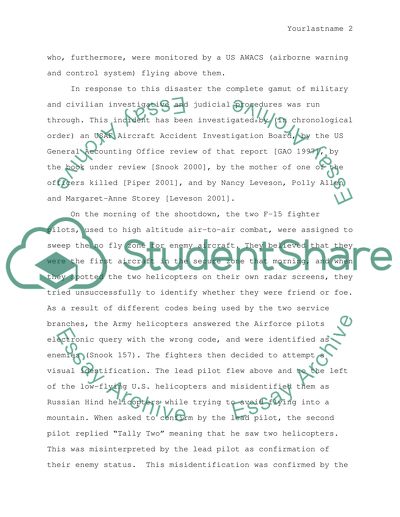Cite this document
(“Book Review on Scott A. Snook's Friendly Fire Essay”, n.d.)
Retrieved from https://studentshare.org/literature/1503567-book-review-on-scott-a-snooks-friendly-fire
Retrieved from https://studentshare.org/literature/1503567-book-review-on-scott-a-snooks-friendly-fire
(Book Review on Scott A. Snook'S Friendly Fire Essay)
https://studentshare.org/literature/1503567-book-review-on-scott-a-snooks-friendly-fire.
https://studentshare.org/literature/1503567-book-review-on-scott-a-snooks-friendly-fire.
“Book Review on Scott A. Snook'S Friendly Fire Essay”, n.d. https://studentshare.org/literature/1503567-book-review-on-scott-a-snooks-friendly-fire.


